
New signs marking “Historic Riverview” neighborhood
photo by John Shearer
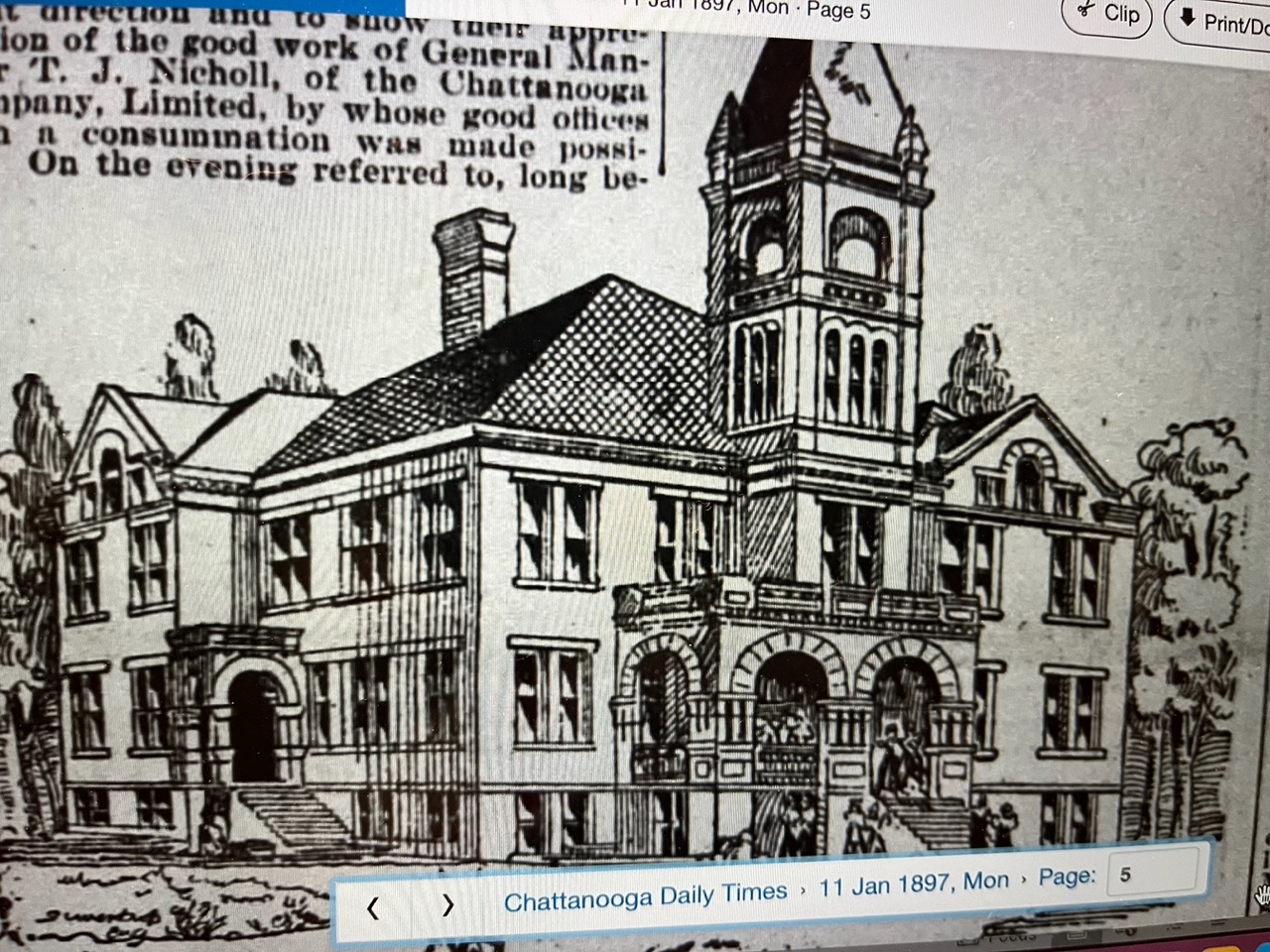
Sketch of Chattanooga Normal University, which opened in 1897
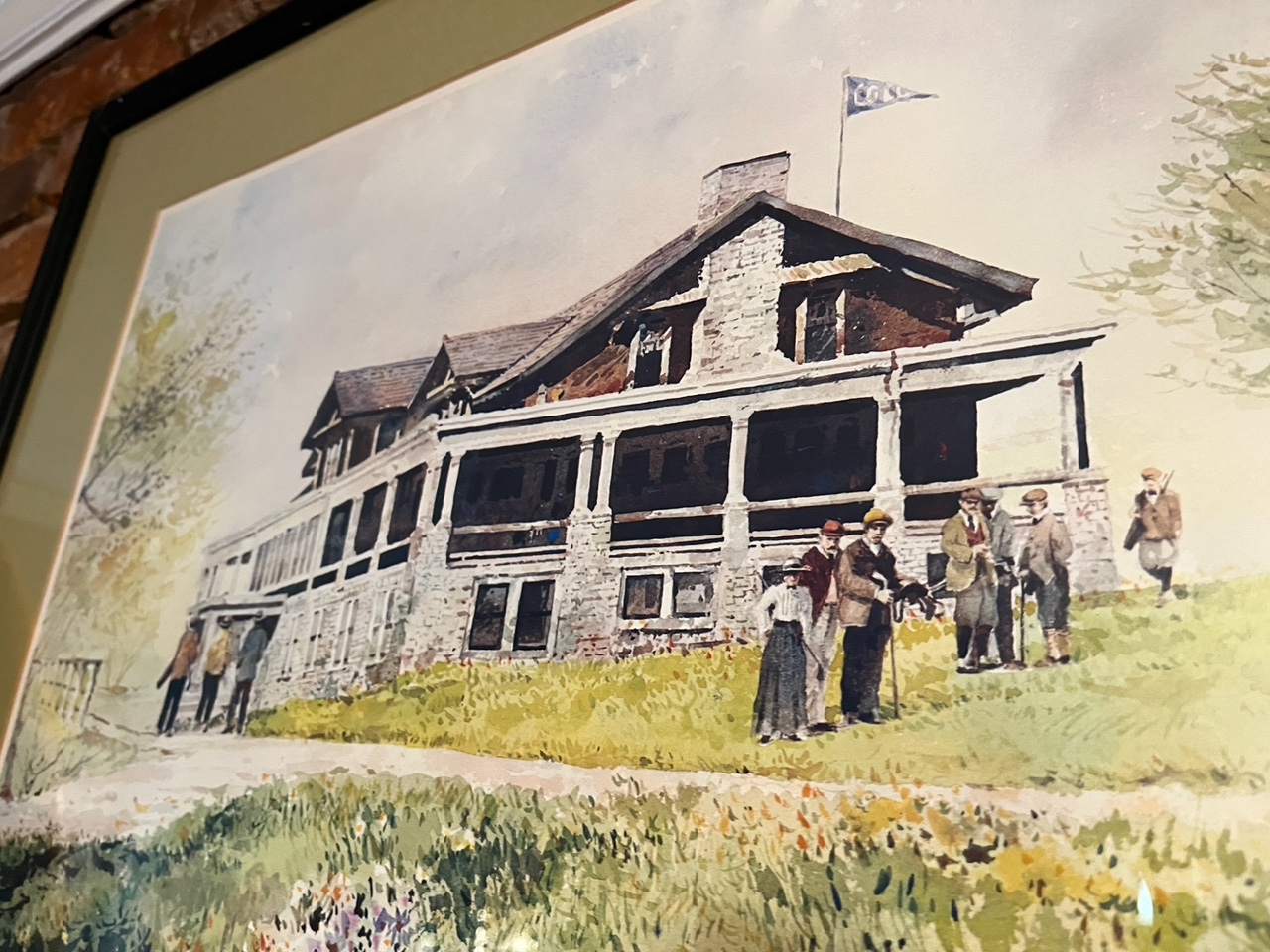
Wayne Wu print of Chattanooga Golf and Country Club’s clubhouse built in 1907
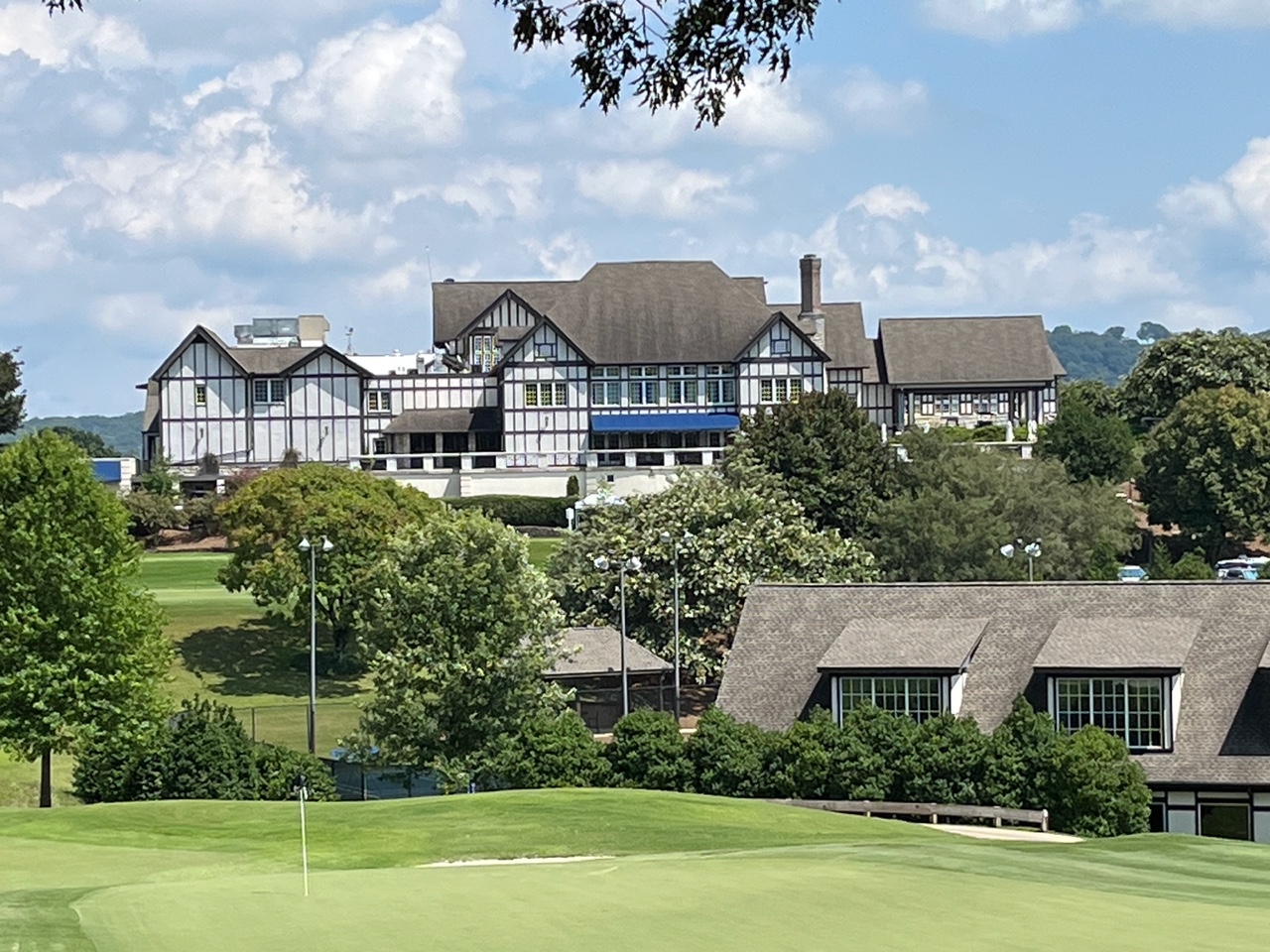
The current Chattanooga Golf and Country Club clubhouse in August 2023
photo by John Shearer
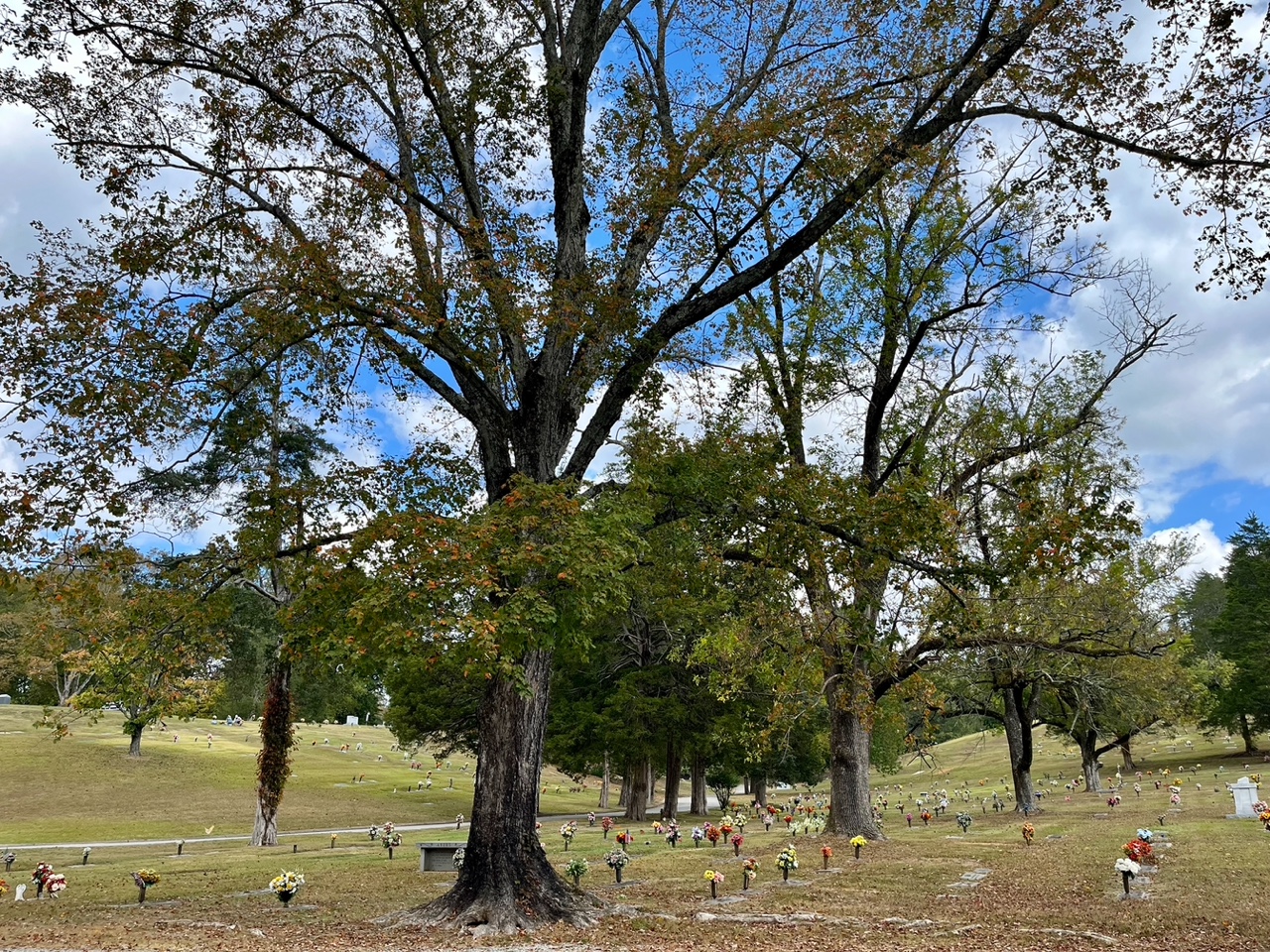
Chattanooga Memorial Park
photo by John Shearer
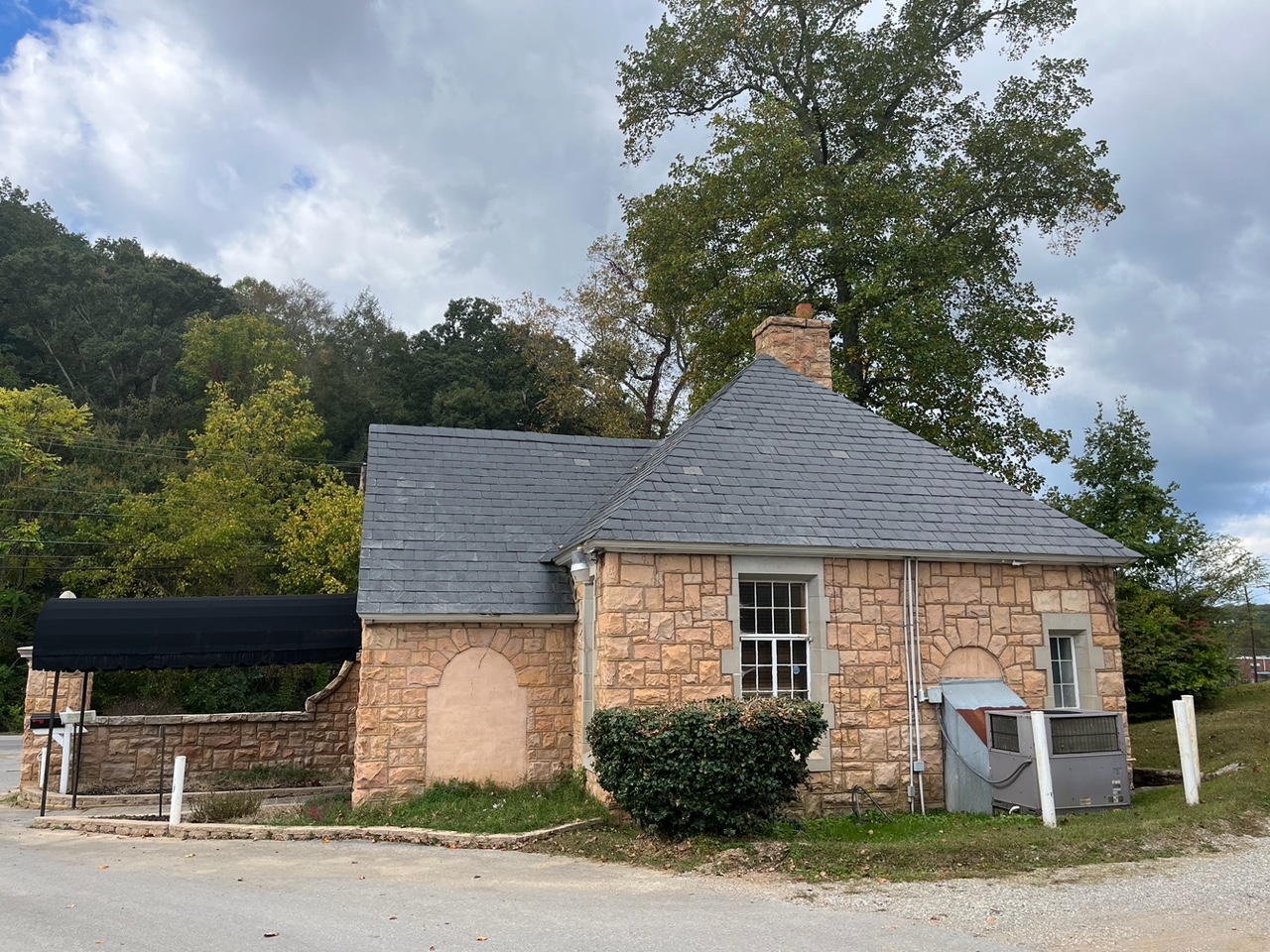
Chattanooga Memorial Park office
photo by John Shearer

Chattanooga Memorial Park duck pond
photo by John Shearer
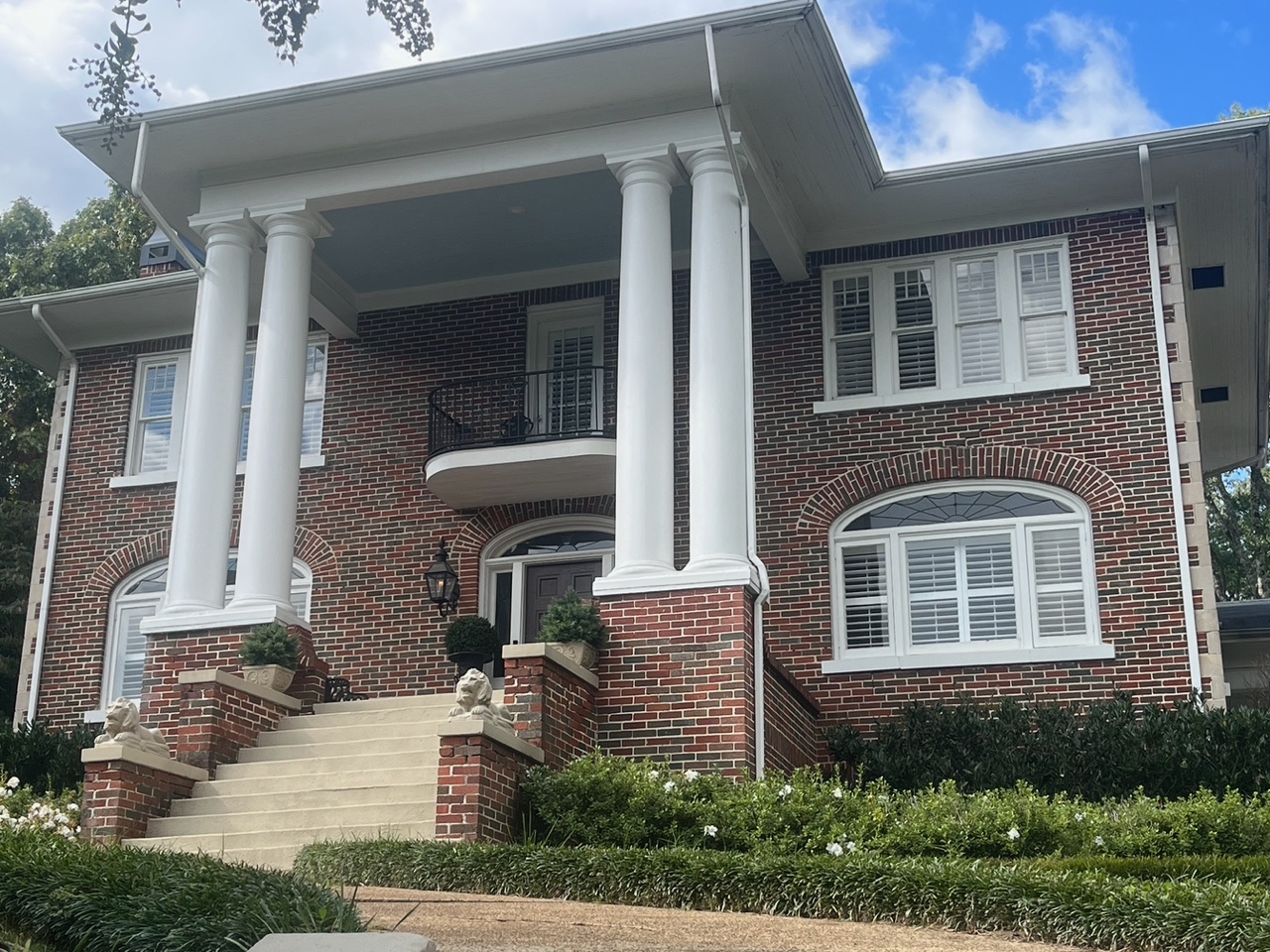
Historic Mississippi Avenue home for sale
photo by John Shearer
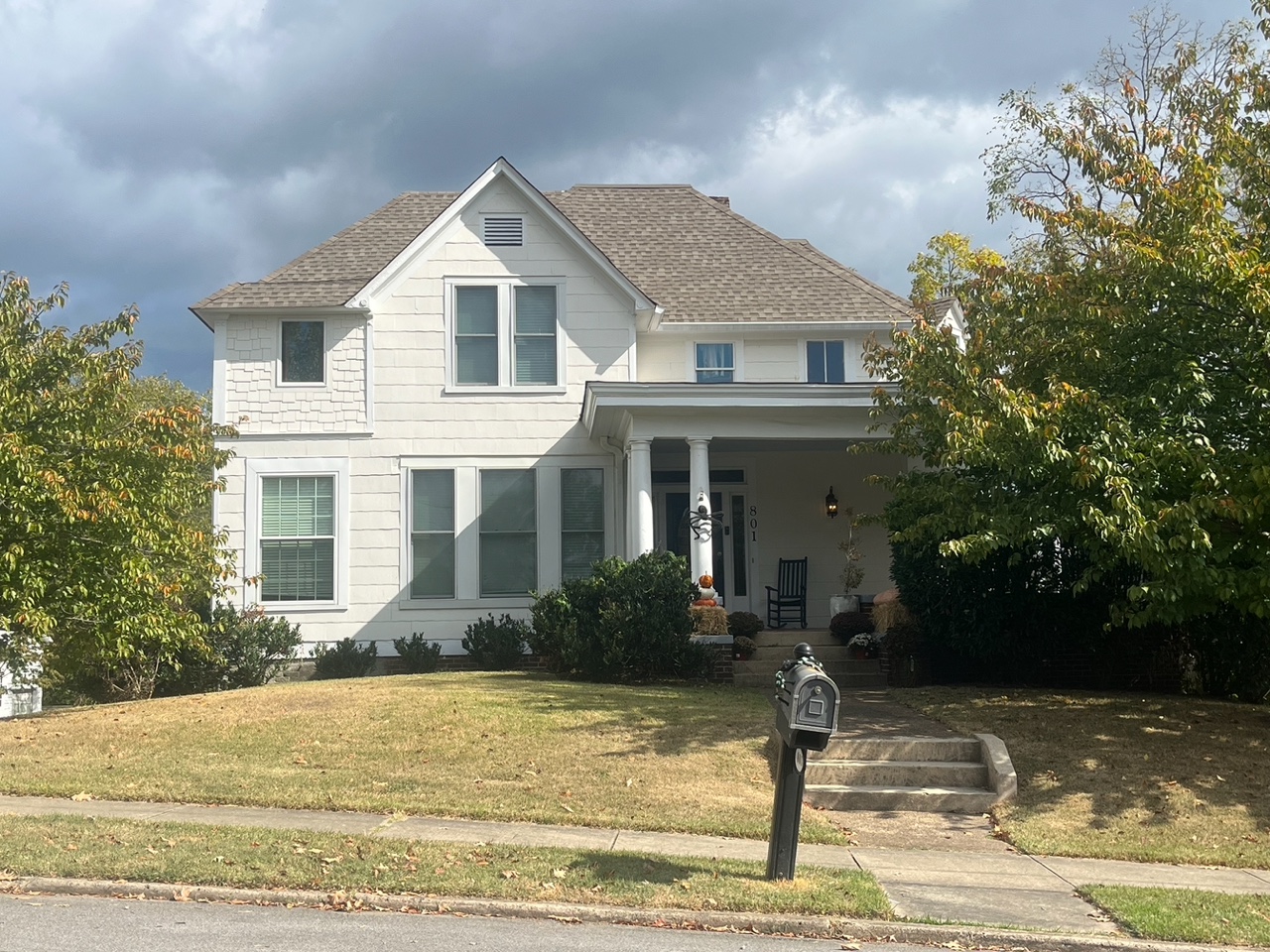
Historic Mississippi Avenue home
photo by John Shearer
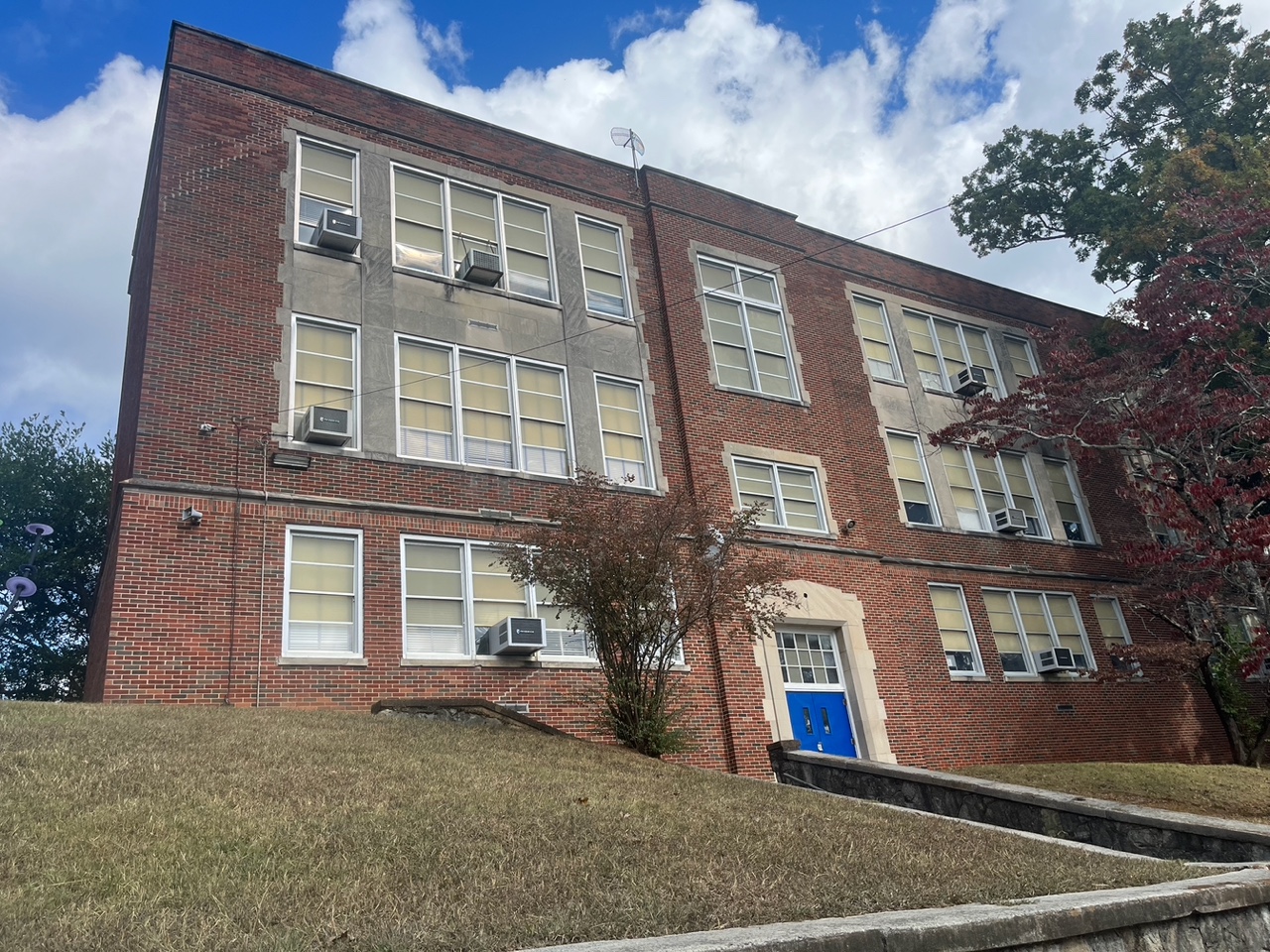
Current Normal Park school on historic educational site
photo by John Shearer
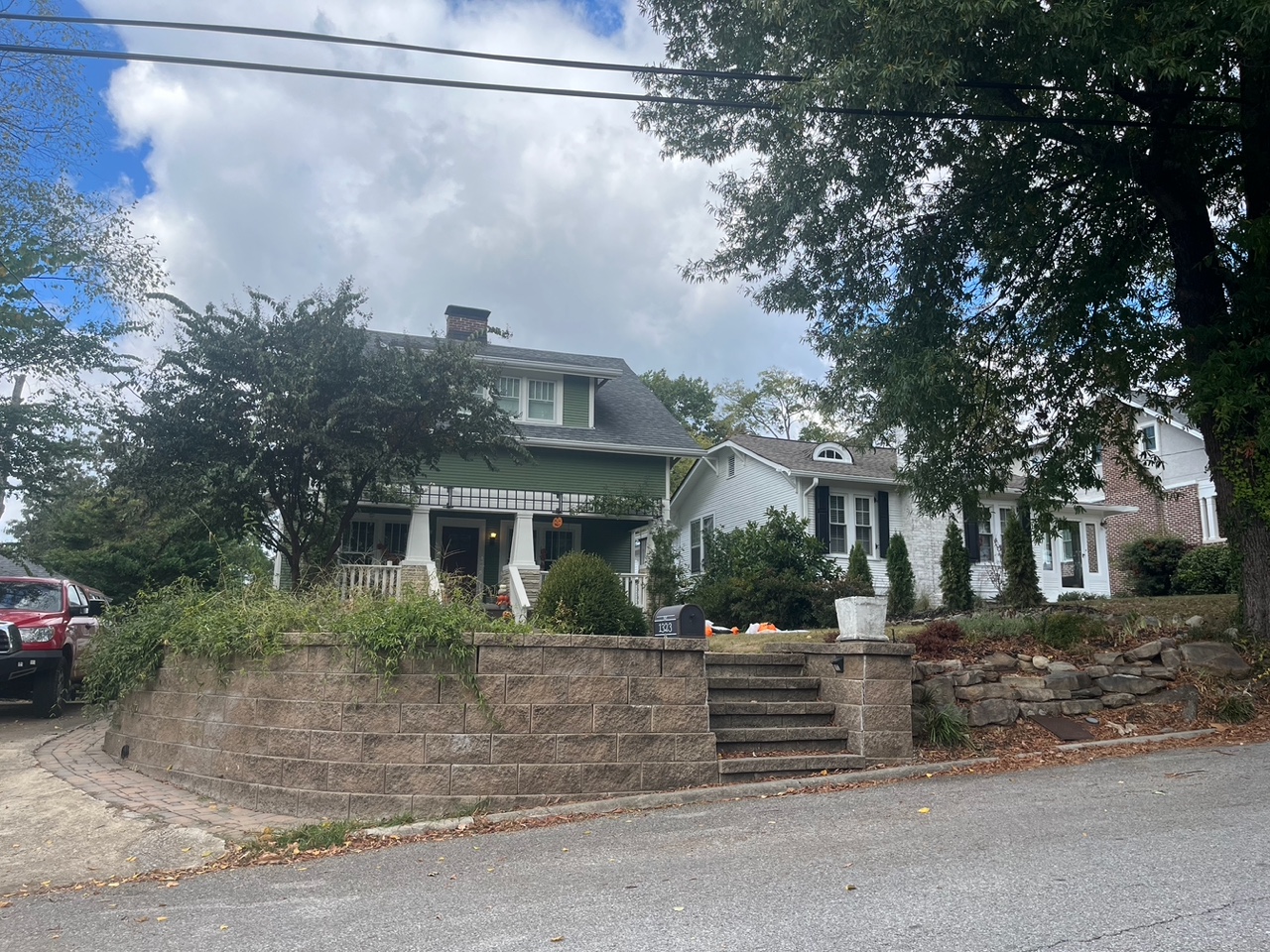
Falmouth Road residences in Riverview
photo by John Shearer
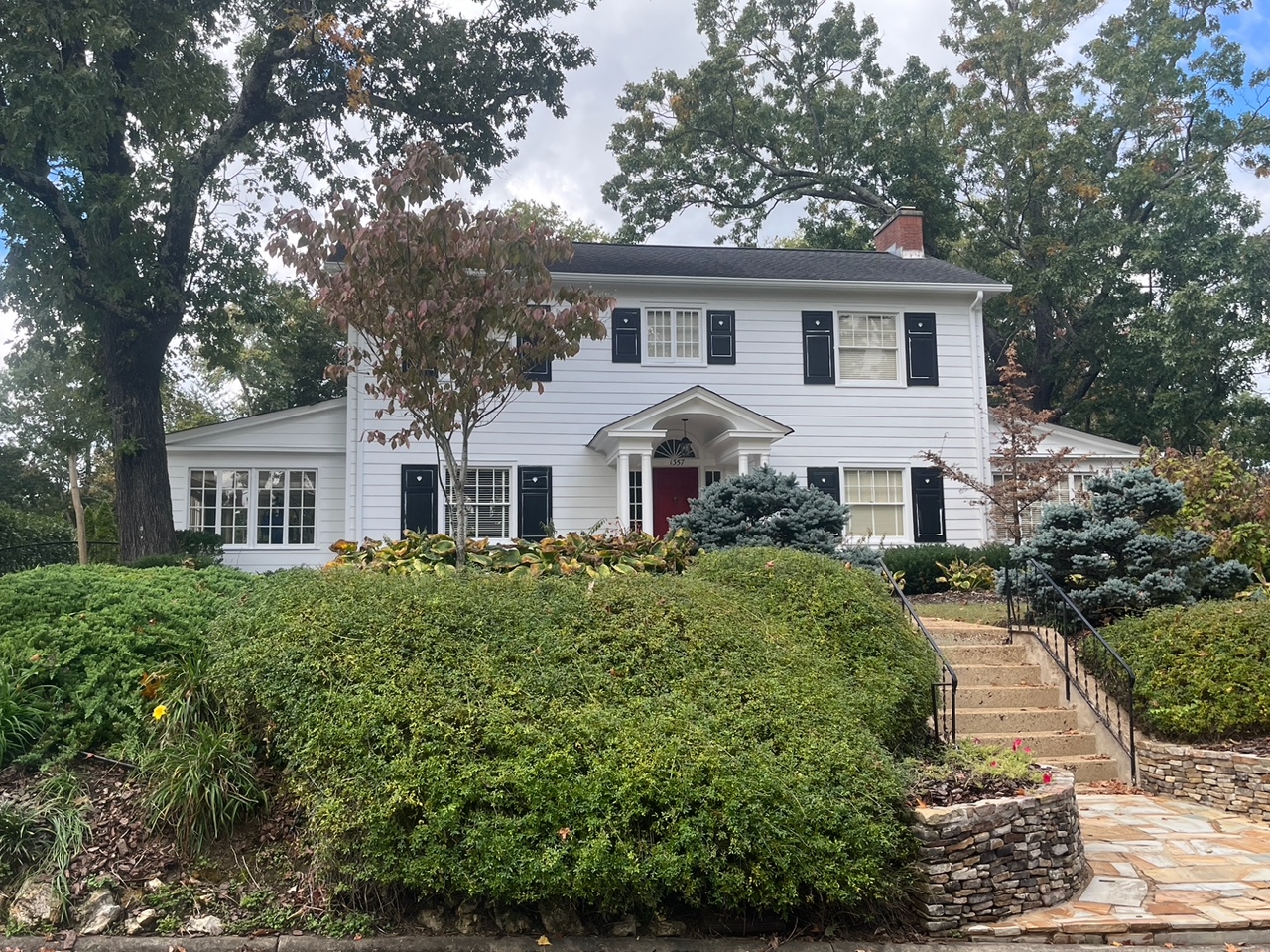
Falmouth Road residence in Riverview
photo by John Shearer
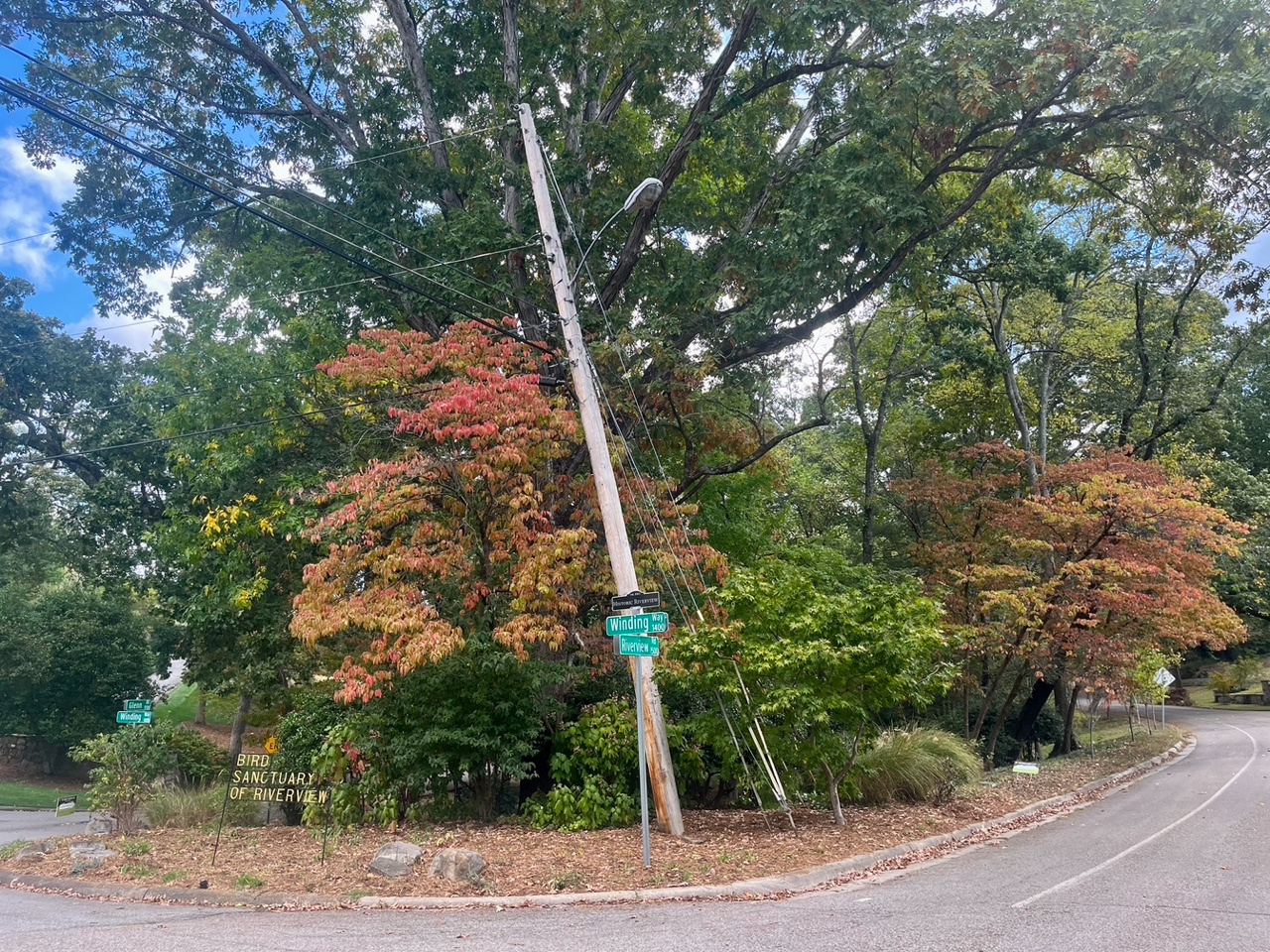
Entrance to Riverview Bird Sanctuary
photo by John Shearer
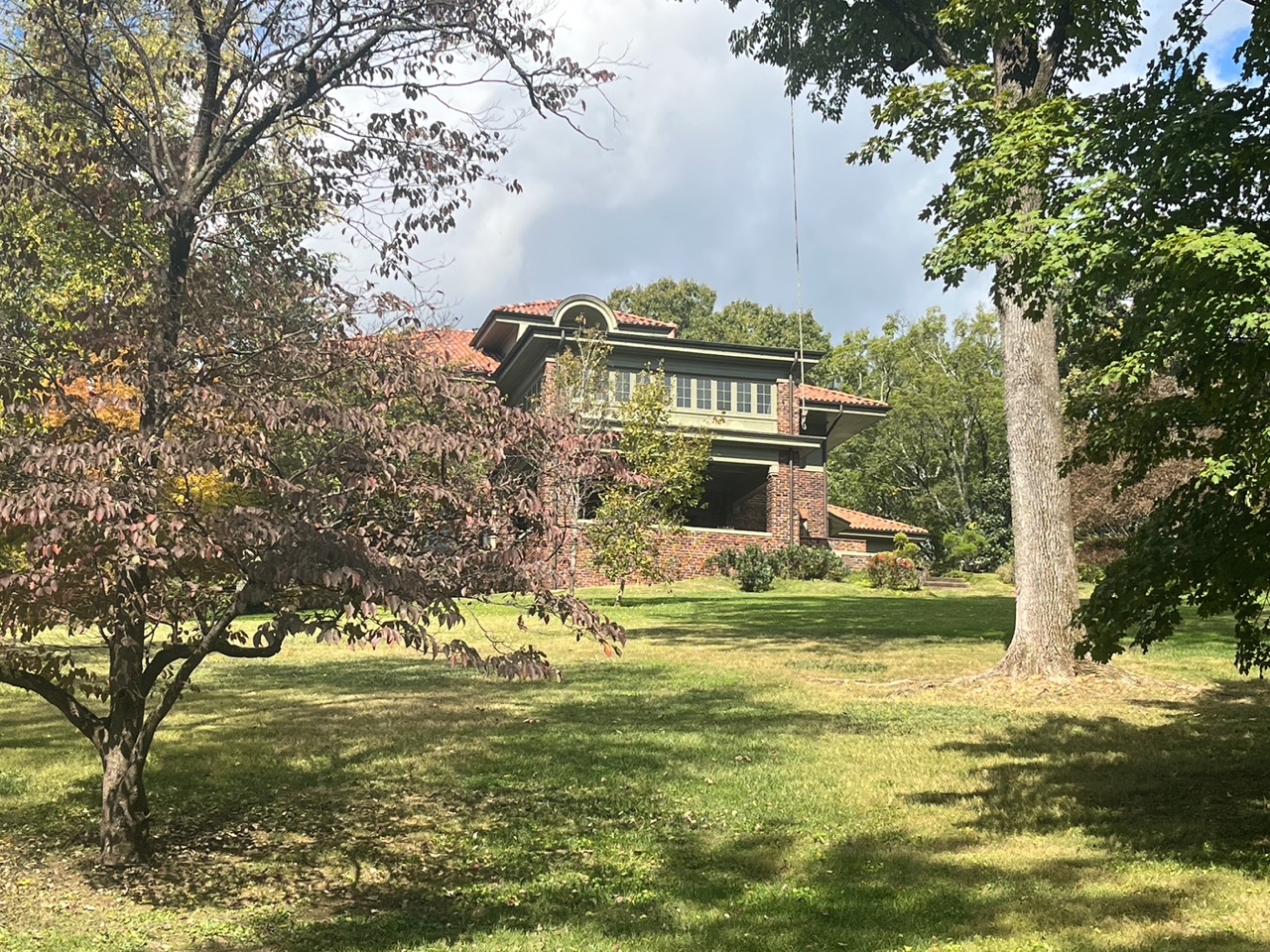
Home above Riverview Road
photo by John Shearer
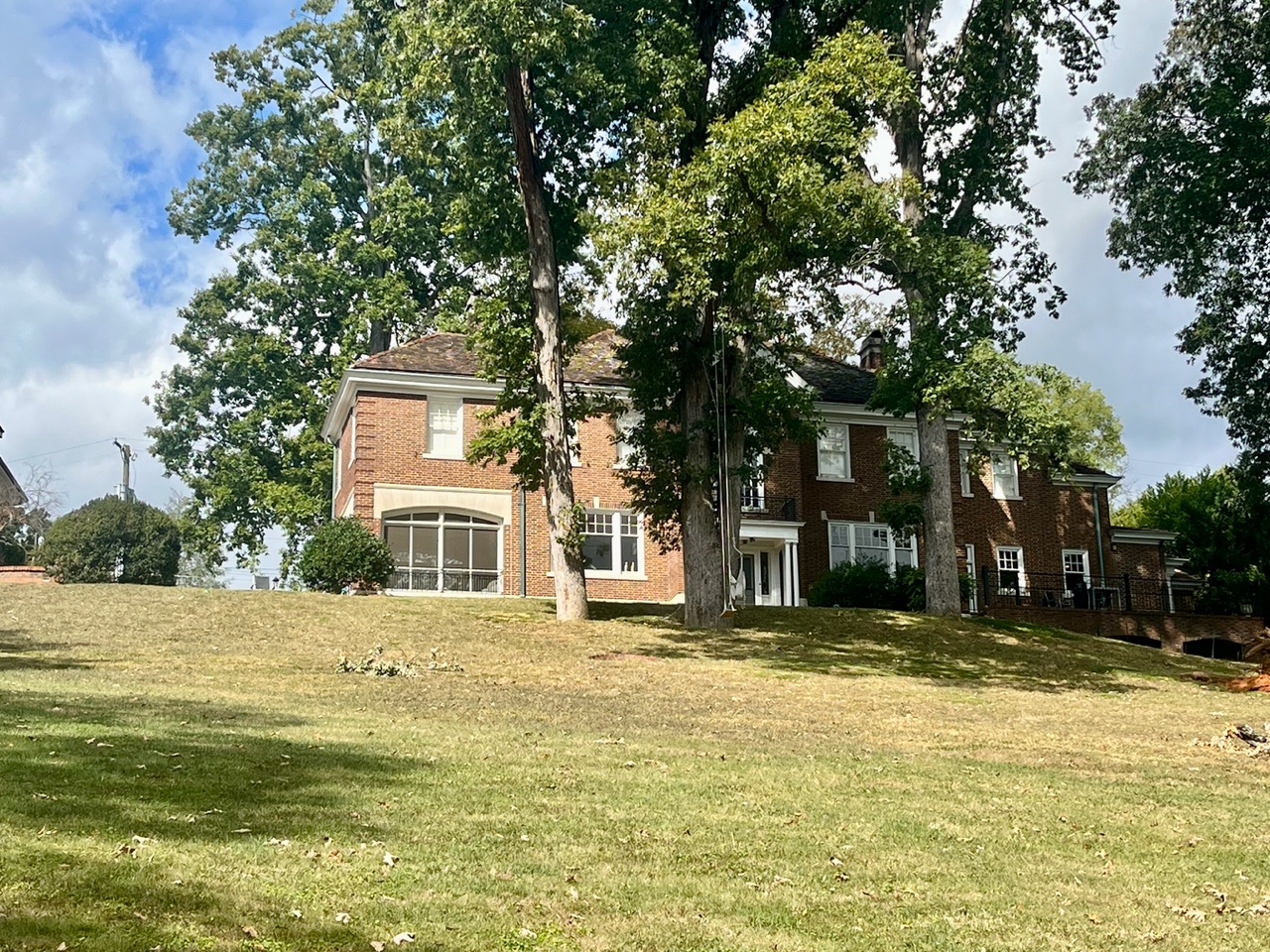
Home above Riverview Road
photo by John Shearer
Residents in Riverview now have something new to remember something old.
As has been noticeable in recent weeks, some street sign “toppers” saying “Historic Riverview” have been put above the regular street signs at different places throughout the community.
While some of these historic signs in other longtime neighborhoods in Chattanooga were put up with more direct help and guidance from the city of Chattanooga, this was done primarily by the Riverview Neighborhood Association.
According to Falmouth Road resident Marcy Porter with the association, it was done simply to remember the original boundary of the neighborhood dating to the early part of the 20th century. “We thought it would be nice to designate the original outline of the Riverview community, and that is why we named it Historic Riverview,” she said.
They simply chose the old boundaries at the time Riverview became its own municipality in 1913 before later becoming part of the city of Chattanooga. The date 1913 is also on the sign.
The area recognized with the signs includes that within the Tennessee River on the east side, the area up near Bright School on the north, Hixson Pike on the west, and Hanover Street and Dorchester Road on the south end.
The idea for the signs, she said, came from fellow association member Mark Harman. “He organized it and raised the money from the neighbors, and he ordered the signs,” she said. “He is the one that led the charge.”
This area just north of the river, plenty of which has been documented in detailed stories in the Mountain Mirror newspaper by Judy Rowland, is almost as full of mystery as history, at least in determining its exact timeline and factors regarding development. That is, unless one takes the time to go through some old deeds or newspaper articles about apparently multiple ownership changes and land use ideas for this part of town.
Long before the town of Riverview was formed in 1913, much of the land had been owned for decades around the Civil War by the Beck family. But around the late 1880s, as Chattanooga was starting to expand, the Chattanooga Land, Coal, Iron and Railway Co. was formed. It had as investors such people as H.C. Beck from the family, noted developer C.E. James, newspaper publisher Adolph Ochs, members of the prominent Montague family, architect and builder J.W. Adams, and a Creed Bates, perhaps an ancestor of the City High principal by the same name.
They had bought 5,000 acres around Hill City in North Chattanooga, 6,000 acres near the point of Waldens Ridge on Signal Mountain, and about 8,000 acres of coal-rich lands in the Chickamauga gulch, or valley. The latter is apparently up where North Chickamauga Creek begins near Soddy Daisy and Montlake Mountain.
The original investors evidently ran into some economic-related issues, although some such as C.E. James apparently continued a couple of decades later with plans to develop Signal Mountain with an inn, some cottage-like homes, and a golf course.
By about the early 1890s, the North Chattanooga/Riverview part of the operation was now affiliated as the Chattanooga Land Co. with headquarters in Manchester, England, and was managed by a T.J. Nicholl. The British connection might be why many of the streets in this area have English names. They include Dorchester, Falmouth, Hanover, Tremont, Dartmouth, Lexington, Concord, Devonshire, Sterling, and maybe some others.
And some of the names like Hillcrest and Riverview roads came after those streets originally had other names.
The English connection also might have been partly why the Chattanooga Golf and Country Club was founded in 1896 in that area along the river. Fuller research might be required to see if the company and early club official Mr. Nicholl had pushed the golf course idea to help spur residential development in that area, or if some of the original club members who had been exposed to the game in the Northeast were more the innovators. Or maybe it was a little of both.
The original course must have been nine holes, as an 1897 article talks about an all-day golf tournament there on Thanksgiving Day for men and women, with the men playing the course twice to make it 18 holes. An article from May 1897 talks of a spring tournament there, with lunch and dancing to follow.
The firm or similar Riverview development firms were also involved in such projects as the development of a “Normal” university near where Normal Park School was located, the old White Oak cemetery that was near the site of a spring and became Chattanooga Memorial Park, and the streetcars that ran to Signal Mountain and to Riverview Road near where No. 2 tee is now on the course.
Some other Nicholl family members were also involved in some of these operations.
A September 1896 article in the Chattanooga Daily Times found online gives an insight into the English-based company’s development plans for Chattanooga Normal University. It said that a few weeks earlier, the Chattanooga Company, Limited, had held an auction regarding the sale of lots in the Riverview or North Chattanooga area to fund the erection of the school.
The 1896 article said that the homes of residents T.J. Nicholl, White Oak (and probably current Chattanooga Memorial Park) Cemetery Supt. T.F. Nicholl, and North Side Electric Railway Supt. Harry Nicholl had been turned over to be used by faculty members at the college. It added that T.F. Nicholl had taken up residence at the lodge at the White Oak Cemetery and Harry Nicholl had an attractive different home near the college. Also, two new homes had also been erected on Mississippi Avenue near the trolley line and school by a Mr. Schlesinger of the Boston Shoe Co. and a Mrs. James.
That article also said that work had been done on the White Oak Spring near the cemetery area, with pipes and a trough put in for residents to get fresh water. This was evidently near where the “duck pond” by the cemetery now is.
Regarding the Normal University, the term “normal” at that time, according to one online site, was used to describe schools built to teach the “norms” of educational philosophy and how students should be taught. It was like a forerunner to what later became known as teachers’ colleges.
But, according to another online article from January 1897 when the doors were thrown open, it was also a private school for students from kindergarten through 12th grade, and it had boarding opportunities. But the overall cost was said to be reasonable. The principal was Dr. H.M. Evans, and those attending the teachers’ college aspect might have received some hands-on training.
The article also referred to the site as Normal Park – hence, the name of the public school that later opened there at the same site. When it opened, the largest crowd ever assembled in North Chattanooga until that time was said to be there. Mayor George Ochs offered remarks, while Roy Lamont Smith played the piano and Josef Cadek played the violin, among other musical entertainment.
The college had such offerings as a chemistry lab, and one office room was decorated with a calendar clock that had been a gift from the Fischer Brothers, the forerunners of Fischer-Evans jewelers.
Unfortunately, Mr. T.J. Nicholl, who had been instrumental in the development of the Normal University and other Riverview area developments, did not stay around long. Around February 1897, just a month or so after it had opened, he left his position with the Chattanooga Company to become manager of the large Rochester, New York, electric railway company, a position that was considered a promotion.
He had come to head the Chattanooga Company from Chicago in 1892, the article said, and was well liked in Chattanooga. He had helped purchase the old Chattanooga Terminal and Northside Street Railway companies to help with the development, and he was also instrumental in beautifying the cemetery property. He was also credited in the article with introducing golf to this city with the club.
Among the other aspects of early Riverview, there was also an old drama house where the streetcar line ended in Riverview, and which was used as the first clubhouse by the golfers. Longtime Riverview resident and golf club historian Jeff Boehm once told me years ago that some noted live actors and actresses of that late 1800s period had performed at that drama theater.
An old quarry was also behind the current clubhouse, and rock from it was used for the Walnut Street Bridge piers and the old First Methodist Church on Georgia Avenue, the steeple of which is all that remains.
And a sawmill for wood was evidently in front of the current No. 17 green, with a hole that was a course hazard until it was covered in the 1970s.
Places that were part of the original acreage owned by the development firm might have also included the area where the Frank Harrison family farm has been and the Lupton City/Dixie Yarns mill and golf course, built years later and now being redeveloped for residences and amenities.
An amusement park had also been where the Chattanooga Country Club golf course was, one story said. Figuring out how or if it fit together with the development company would require a little more investigation by a historical researcher.
Regarding the 1913 decision that was the inspiration of the current signs and which years ago allowed Riverview to become a municipality, it had evidently come about following a move by the state legislature, according to some newspaper articles found at the Chattanooga Public Library. Coca-Cola bottler J.T. Lupton of the new Lyndhurst mansion, Judge M.M. Allison, and Frank Spurlock were named the original commissioners in October 1913, and Mr. Allison was chosen as mayor two weeks later at the Allison home.
The article discussed the boundaries, mentioning the John A. Patten Minnekahda home property on the north end, and a road named “Roxbury” -- another English name, but now changed to something else -- as another marker.
The story also mentioned that Riverview had 79 adult males who could vote in municipal elections. Among them was C.E. James, who would later become more connected with Signal Mountain. Women at that time were still seven years from having the right to vote.
Riverview was annexed into Chattanooga in 1929 along with Alton Park, Brainerd, Missionary Ridge, St. Elmo, and close neighbor North Chattanooga.
Riverview would become, of course, a popular residential area of choice, with several noted Chattanoogans building large homes after that 1913 meeting. That included residences for such Coca-Cola bottlers as Frank Harrison and Cartter Lupton (son of J.T. Lupton), with the Harrison home on Minnekahda Road now resided in by former Chattanooga Mayor and U.S. Sen. Bob Corker. The latter could have likely added some advice to the 1913 forming of a municipality and the 1929 annexation actions had he been around a few generations earlier.
Due to the Riverview area’s location and prestige, it has also been the location of a number of more modest-sized homes, some of which have been added onto in recent years.
But they are all valuable properties. As evidence, the home of former Mayor Andy Berke at 1500 Lyndhurst Drive on the old Lyndhurst mansion estate grounds was recently in the news for selling for just over $2 million. It now has nearly 7,000 square feet of space but was likely just a little more than a slightly above-average mid-century home when constructed in 1966.
The Chattanooga Golf and Country Club is also a big draw to residents with its expansive clubhouse. That structure is currently in the initial stages of being expanded again upon the original footprint of the 1915 Tudor clubhouse built after the 1907 one burned in 1914. Expanded swimming, tennis and fitness facilities have also become part of the club in recent years.
Riverview is constantly changing amid its consistency as a popular and desired place to live due to the niceties of the residences, the views of the Tennessee River, and the proximity to downtown Chattanooga.
But the oldness of the neighborhood is still quite noticeable, and its history has come back to life again with the new street signs.
* * *
Jcshearer2@comcast.net